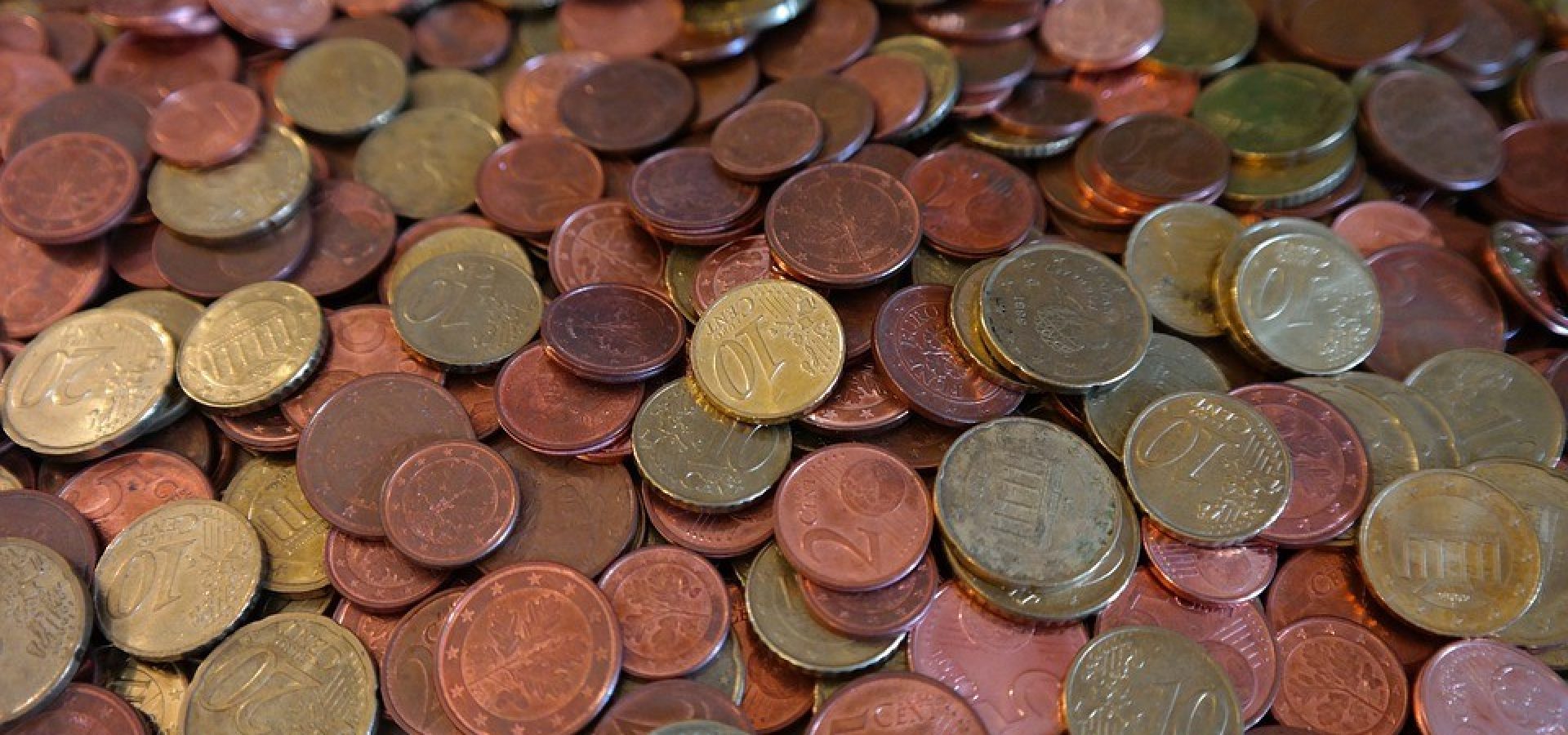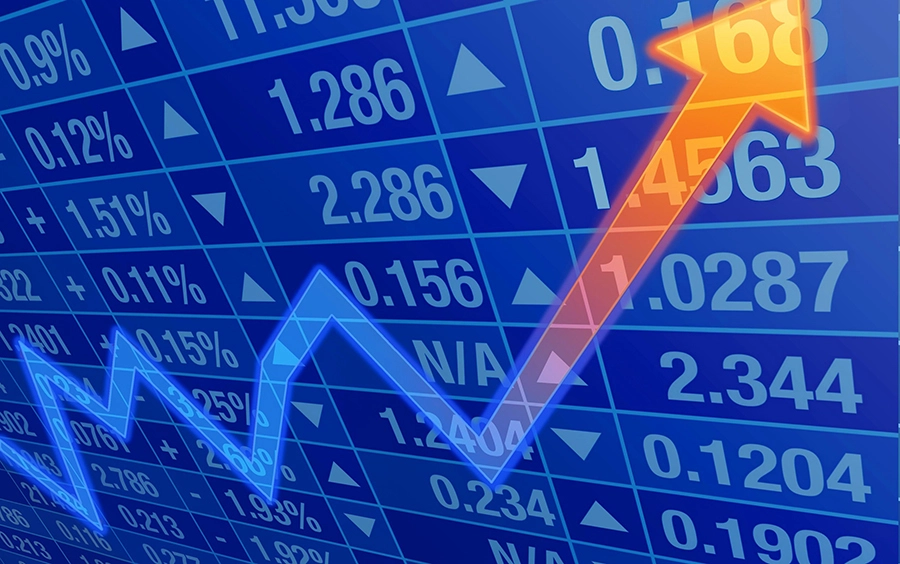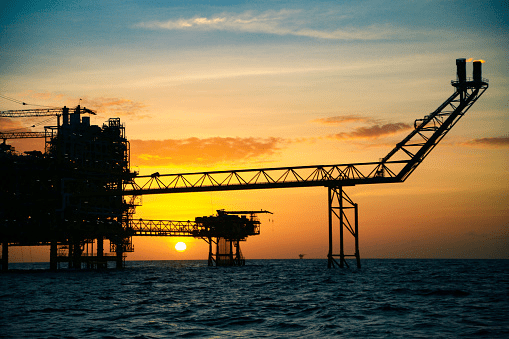A growing tide raises all boats, but some are larger than others. Industrial metals are burning white-hot in a fusion of post-epidemic manufacturing improvement and an emerging commodity supercycle narrative.
Copper has secured all-time highs above $10,000 per tonne, with London Metal Exchange (LME) three-month metal closing trading at $10,350. Tin scored a 10-year high on Thursday, and aluminum is filling up towards its 2018 top of $2,718, the last trading at $2,530 per tonne.
But not all metals are on a supercycle wave.
Lead and zinc have been raised by the more widespread metallic rally but appear hesitant participants. While the copper price had more than doubled from its coronavirus low point in March 2020, zinc has recognized by a more moderate 58% and lead by only 30%.
As the International Lead and Zinc Study Group (ILZSG) has remarked, the purpose is that both markets recorded substantial supply surpluses last year and are on track to do the same over this year.
Furthermore, neither matches nicely into the supercycle narrative, dropping the two metals, the ugly sisters, at the supercycle ball, just as they were throughout the last price party in 2009-2010.
Heavyweights
The refined zinc market registered a supply-demand excess of 486,000 tonnes last year and is projected to record a different hefty abundance of 353,000 tones in 2021, ILZSG’s latest twice-yearly assessment determined.
Lead production, meanwhile, passed usage by 172,000 tonnes last year and will do so repeatedly this year to the tune of 96,000 tonnes, ILZSG stated. It will be the third continuous year of oversupply.
Zinc mine production was banged hard by lockdowns in supplier countries last year, dropping by 4.9% relative to 2019. But the world’s smelters achieved to raise metal production by 1.6%, even as usage fell.
Lead production – both mined and refined – dropped last year, but demand slumped harder, unsurprisingly provided the metal’s exposure to the automotive sector.
Critically, China has not come to salvation by hoovering up the remainder of the world’s surplus metal as it has in different markets, including copper and aluminum.
China’s net refined zinc imports decreased by 6% to 512,000 tonnes last year. It was the second continuous year of deterioration.
Net imports of refined lead have fallen over the last two years from 102,000 tonnes in 2018 to only 17,000 tonnes in 2020.
Last year’s surplus metal, it tracks, is still in storage, albeit not sufficiently statistically visible.
LME zinc inventory increased by 150,000 tonnes last year, but there was a shadow build of 100,000 tonnes in off-warrant stocks – metal warehoused with specific contractual reference to possible LME delivery.









COMMENTS